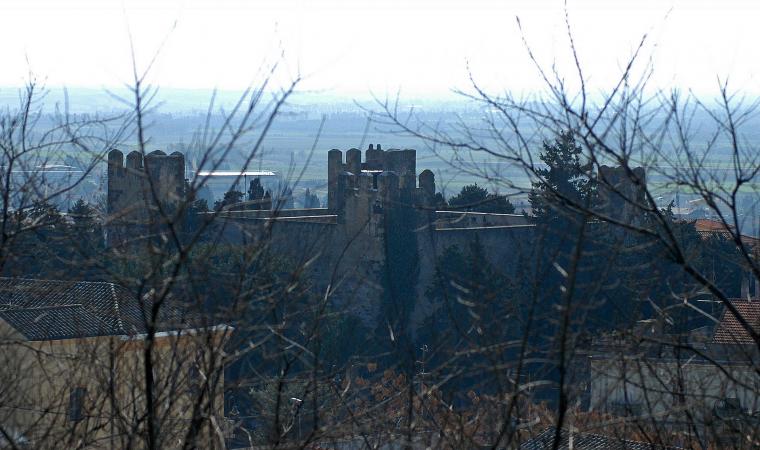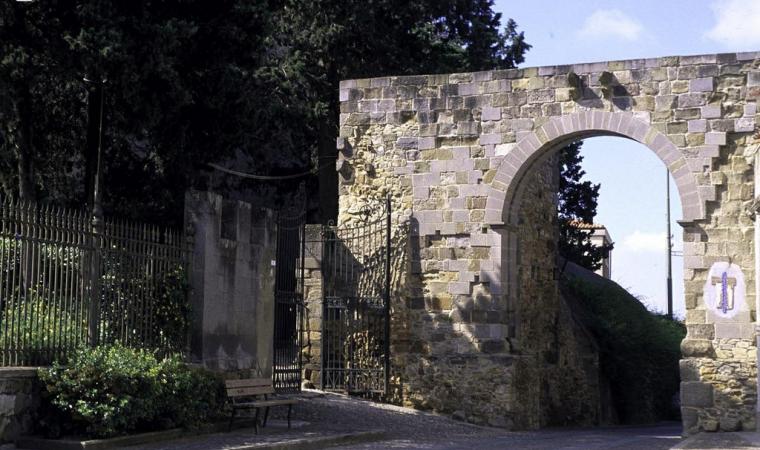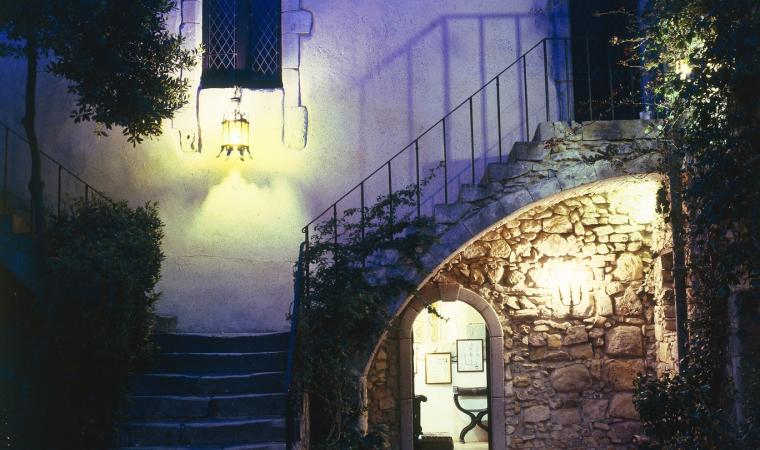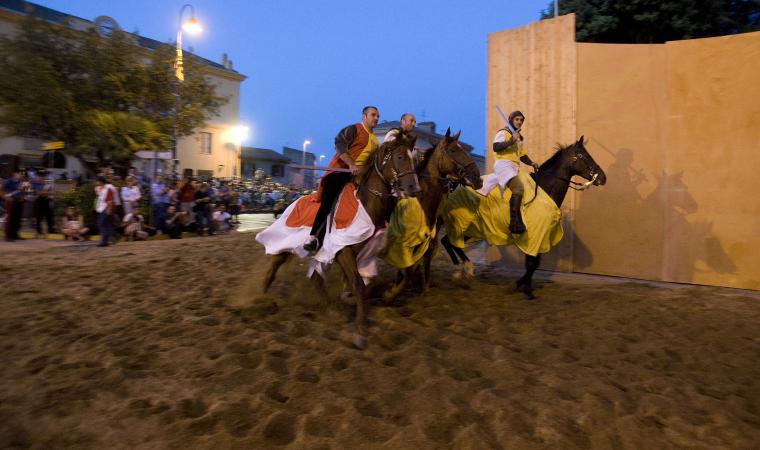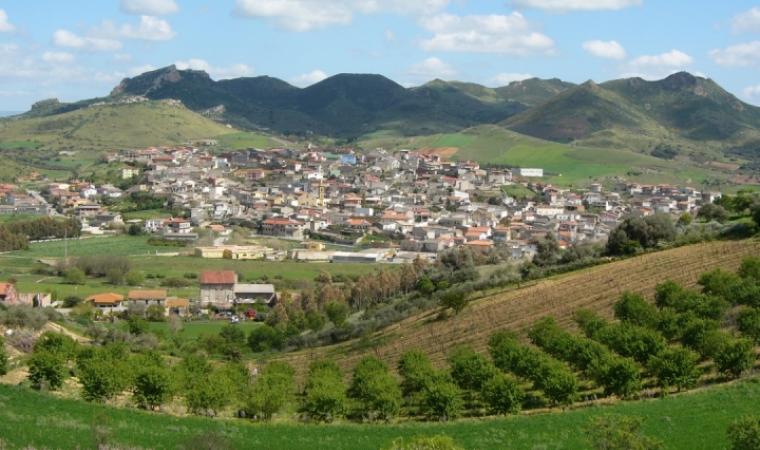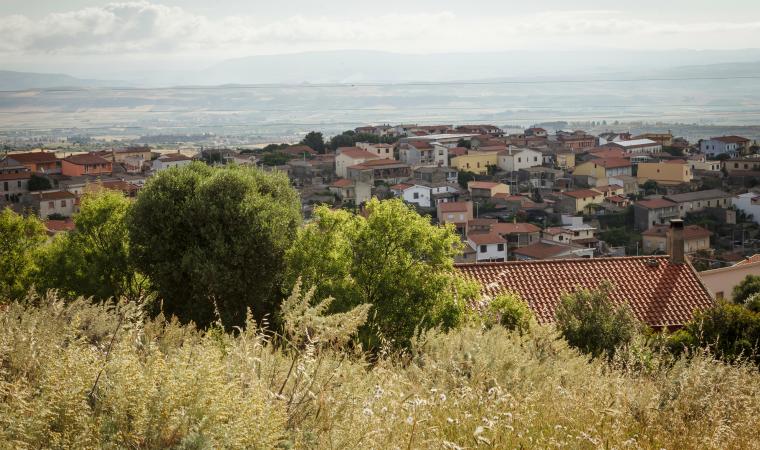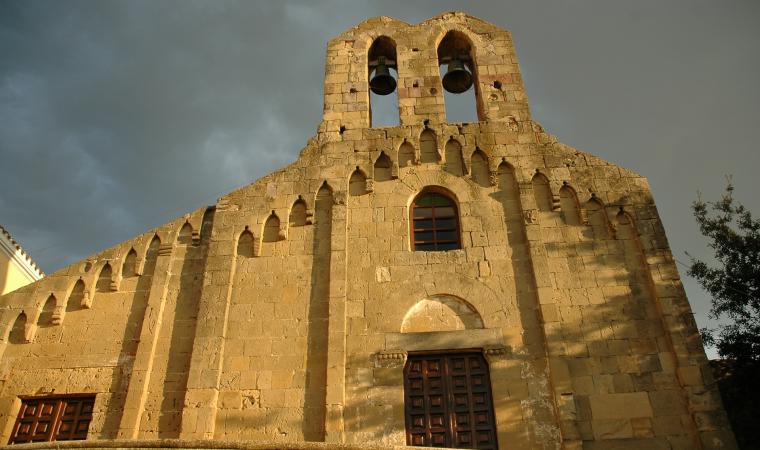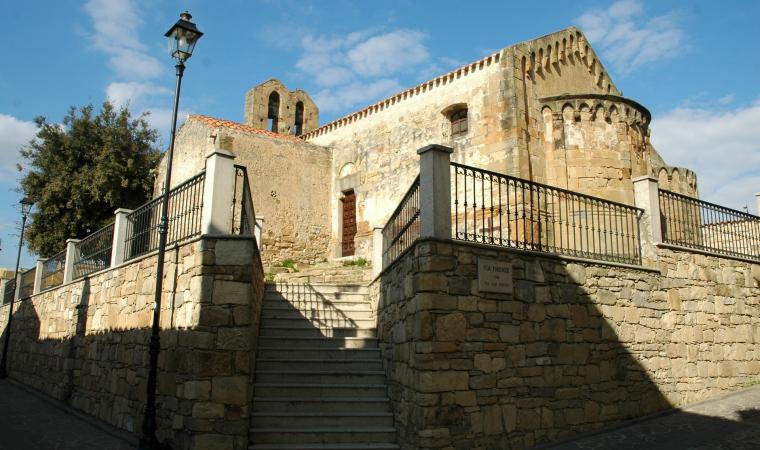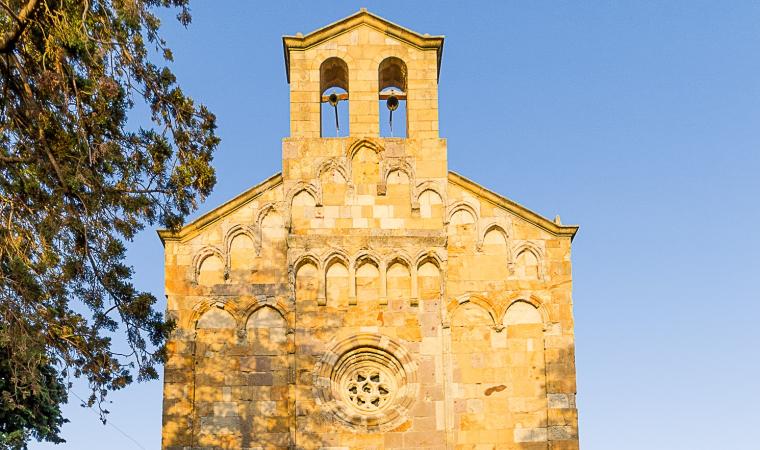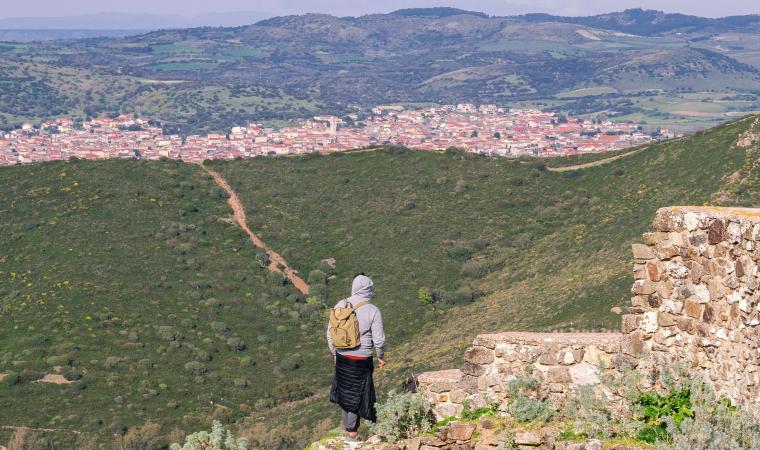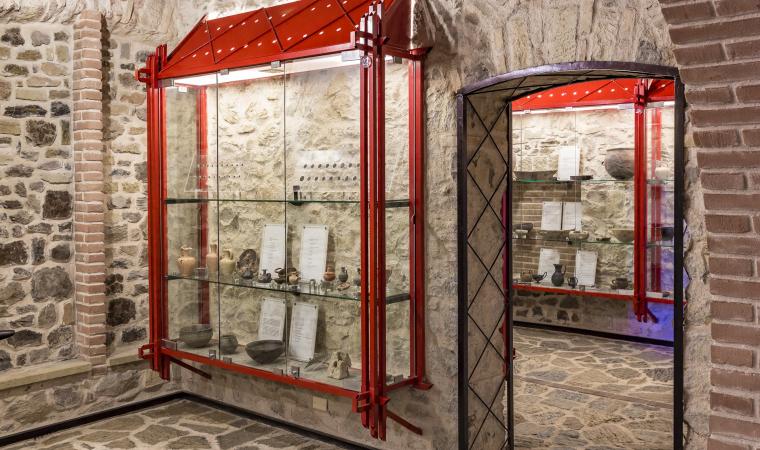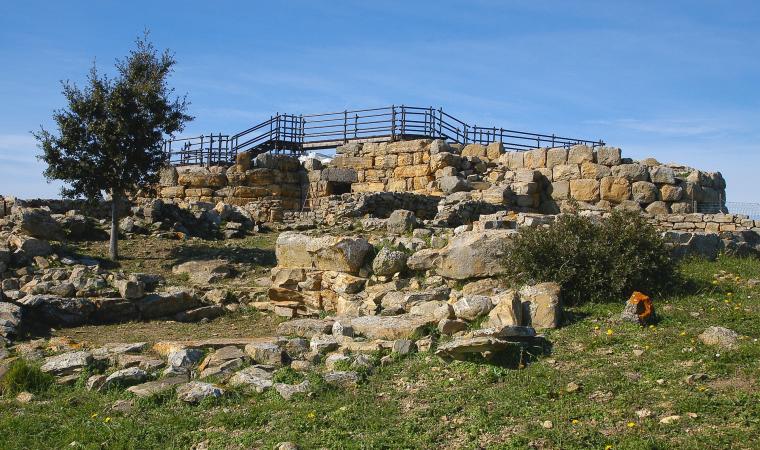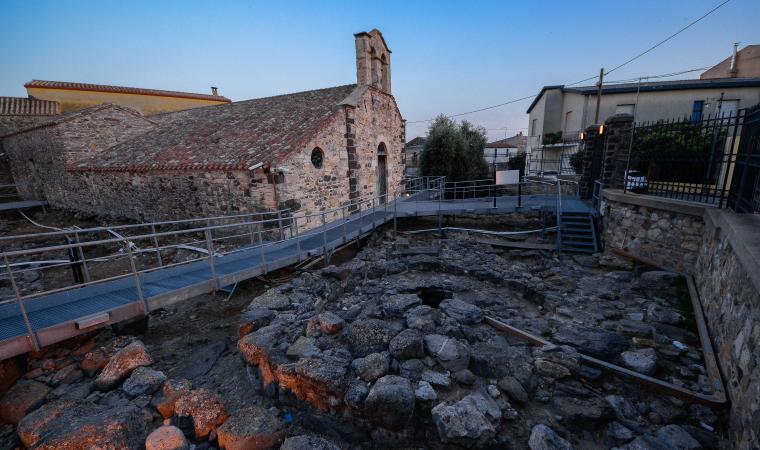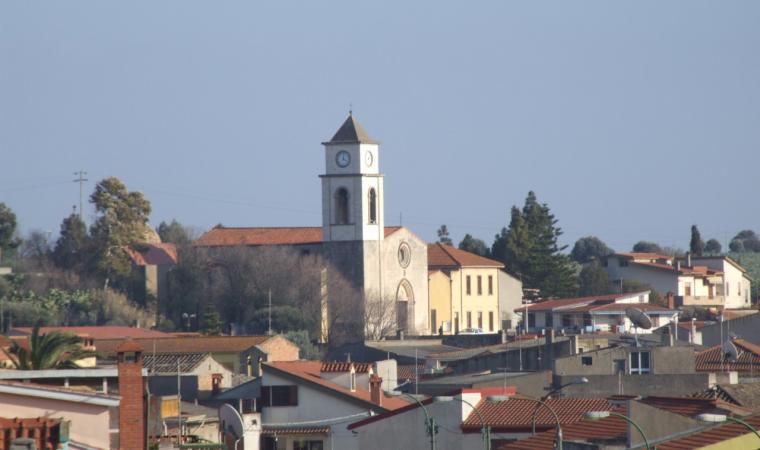Of 88 medieval Sardinian castles, this is the only one that is still habitable and now a fascinating museum, with forms dating back to the middle of the 14th century. The castle, known as the castle of Eleonora d' Arborea, even though it is uncertain whether or not this judge ever stayed there, is located in Sanluri in the Medio Campidano province, 50 kilometres from Cagliari. The first building of the castle took place in the 12th century, in the Giudicati period, as a strategic stronghold on the border between the Giudicati (independent states) of Cagliari and Arborea. Later on, Sanluri was the centre of struggles between the Aragonese Crown and the Giudicato of Arborea. According to a document dating back to 1355, Peter IV of Aragon wanted the fortification – that was completed in just 27 days - of the castle, which, in 1409, was the scene of a bloody and decisive encounter between the troops of Arborea and the Spanish troops, who conquered the fortified residence for good. The military function vanished to become a dwelling, the property of several Spanish noble families: De Sena, Henriquez, Aymerich and, lastly, in 1920, the Villa Santa family, who are the current owners.
You will be struck by the mighty quadrangular building, with 26-metre sides, and the four crenellated towers in the corners, joined to each other by walls that are 12 metres high and two metres thick. From the entrance, you will enter the cour d'honneur, where a spectacular flight of steps leads to the first floor of the building. There are numerous fascinating rooms: the study of the General Count Nino Villasanta, where you will find his correspondence with Gabriele D'Annunzio, the Gondi rooms and the hunting room and room of the queens, with renaissance décor. On the ground floor, there is the room of the militia, in memory of the Sardinian soldiers who fell during the First World War, where you can admire arms, armour and flags donated to the count by Emanuele Filiberto of Savoy, among which the tricolour flag of Victory, which flew in 1918 in Trieste for the transition to Italy.
In the 20th century, General Villasanta renovated the fortress and set it up as a residence-museum. The work was continued by his sons. Today, the castle is divided into four museum spaces. Two of them contain relics and documents from the world wars, African campaigns and fascism. The third contains an interesting collection of approximately 350 artistic wax models, which range from the Florentine Renaissance to the early nineteenth century, works created from coloured waxes, representing the greatest collection of its kind in Europe. The fourth section of the museum identifies with the feudal district, with furnishings, paintings and sculptures created between the 16th and 19th centuries.



